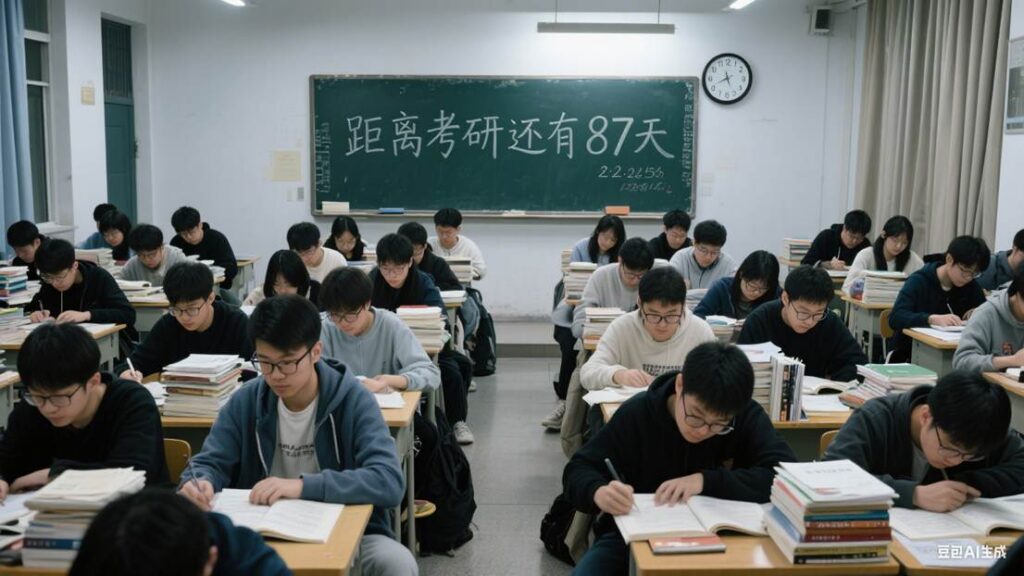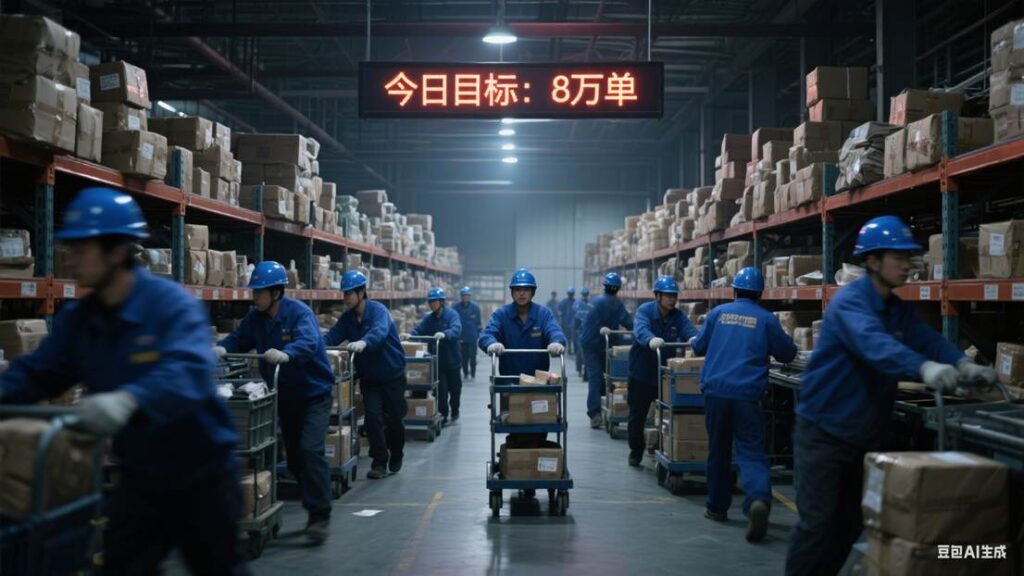In recent years, the term “involution” has become a prevalent descriptor in China, permeating discussions across various sectors. But what exactly does “involution” mean in the Chinese context? It refers to a state of intense competition where individuals or entities strive for limited resources, often leading to over – exertion and diminishing returns. This phenomenon is not just a passing trend; it has become a significant characteristic of China’s contemporary social and economic landscape.
The Involution Landscape in Different Sectors

Education
In the education sector, involution is strikingly evident. Students are engaged in a high – stakes race from a young age. The pursuit of high – scores in exams like the Gaokao (China’s national college entrance examination) drives students to attend numerous after – school tutoring classes, sometimes sacrificing their childhood joys. The competition for limited spots in top – tier schools and universities is so fierce that it has created a culture of “learning burnout” among students. For instance, in some cities, students may spend up to 12 hours a day on study – related activities outside of regular school hours, all in the hopes of getting into a prestigious institution.

Workplace
The corporate world is no stranger to involution either. Employees often find themselves in a rat – race, working long hours, including overtime, not just to meet job requirements but to outshine their colleagues. Performance evaluations are highly competitive, with promotions and salary increases going to those who can demonstrate extraordinary dedication. The so – called “996” work schedule (working from 9 am to 9 pm, six days a week) has been a hot – button issue, highlighting the extreme lengths some workers go to in the name of career advancement.
Business Realm
In the business world, involution manifests in various ways. E – commerce platforms are a prime example, where sellers engage in cut – throat price competition. With the ease of entry into the e – commerce market, countless small and medium – sized enterprises flood in, all vying for a piece of the consumer pie. As a result, profit margins are squeezed to the limit, and businesses often struggle to survive, let alone thrive. Another example is the technology startup scene. In emerging fields such as artificial intelligence and fintech, a large number of companies enter the market simultaneously, leading to intense competition for investment, talent, and market share.
Unraveling the Reasons for Involution
Population Factor
China’s large population is a fundamental factor contributing to involution. With a population of over 1.4 billion, the supply of labor far exceeds the demand for high-quality jobs. This oversupply creates intense competition in the job market. For every high-paying, stable job, there are often hundreds, if not thousands, of applicants. This forces individuals to constantly upgrade their skills, gain more certifications, and work harder to stand out from the crowd.
Cultural Values
Traditional Chinese cultural values play a significant role. The emphasis on hard work, achievement, and social status is deeply ingrained in the national psyche. The concept of “chi ku” (enduring hardship) encourages people to persevere through difficult times in pursuit of success. Moreover, the desire to bring honor to one’s family and meet the high expectations of parents and society further fuels the competitive spirit. For example, in many Chinese families, children are constantly reminded to study hard and achieve high grades to make their families proud.
Economic Structure and Development Stage
China’s rapid economic development has led to a saturation in some industries. As the economy matures, certain sectors, such as traditional manufacturing, face overcapacity issues. This forces companies within these industries to compete more fiercely for a shrinking market share. On the other hand, while emerging industries are growing, they also attract a large number of entrants, leading to a crowded market environment. For instance, the solar energy industry in China initially saw a boom in investment, but soon faced overcapacity problems, resulting in intense price competition among manufacturers.
The Shift to Overseas Markets
As involution intensifies in the domestic market, an increasing number of Chinese individuals and companies are looking overseas. Chinese companies are expanding their global footprint, with manufacturing enterprises setting up factories in Southeast Asia, Africa, and other regions. These regions offer lower labor costs, access to local resources, and preferential policies for foreign investment. For example, many Chinese textile companies have established production bases in Vietnam and Cambodia to take advantage of the lower labor costs there.
In the technology and service sectors, Chinese firms are also making inroads into international markets. Tech giants like ByteDance, with its popular app TikTok, has achieved global success, bringing Chinese – developed digital products to the world stage. E-commerce platforms are also expanding overseas, connecting Chinese sellers with international consumers.
The Impact on Foreign Countries
Positive Impacts
Economic Development: Chinese investment and business expansion in foreign countries often bring economic benefits. New factories create job opportunities for the local population. In some African countries, Chinese-funded infrastructure projects, such as building roads, bridges, and ports, have not only improved transportation and logistics but also promoted local economic development.
Technological Transfer: Chinese companies also bring advanced technologies and management experience. In the renewable energy sector, Chinese solar and wind energy companies are sharing their technology and know-how with foreign partners, helping to accelerate the development of clean energy in other countries.
Negative Impacts
Market Competition Pressure: The influx of Chinese products and services can put pressure on local industries. In some developed countries, Chinese-made consumer goods, known for their high cost-performance ratio, have captured a large market share, leading to concerns among local manufacturers. For example, in the European market, Chinese-made electric vehicles are gradually gaining popularity, which has led to some resistance from local automakers.
Cultural and Social Frictions: There may also be cultural and social frictions. Differences in business culture, management styles, and labor practices can sometimes lead to misunderstandings. For instance, the Chinese work ethic, which often emphasizes long-hours and high-intensity work, may conflict with the local labor laws and cultural norms in some Western countries.
In conclusion, the involution phenomenon in China is a complex social and economic issue with far-reaching consequences. The subsequent shift to overseas markets is reshaping the global economic and industrial landscape, bringing both opportunities and challenges to the international community. As China continues to navigate this new era of globalization, finding a balance between competition and cooperation will be crucial for sustainable development.